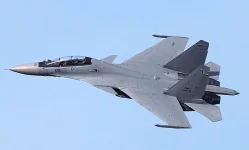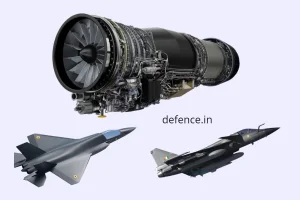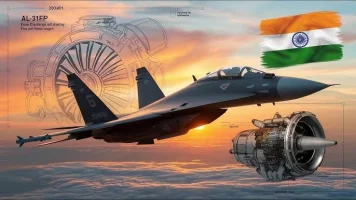Before calling me names, lets try and get facts right...i run a pretty successfuly mid-size defence focsed fund...so i know how defence companies make money.
Second, HAL remains a screw driver shop in terms of capabilities for manufacturing any assembled plane. They have been doing it for 50 years and they can very well do it for next 50 without learning anything.
HAL has a pathetic production efficiency compared to any established aircraft manufacturer gloablly. Go and read about Embraer to understand how companies actually become succesful. A perfect case study of similar company way ahead of the babus of HAL in a similar/shorter time frame
Dhruv's designs were initially worked with MBB but it was the French who helped HAL to for the last 20 years...isloating vibrations, improving flight envelope, improving engine, hingeless blades, list goes on and on. HAL had no clue why Eucadorian choppers crashed...cos you cant expect screwdriver assemblers to have an idea about avionics.
The crashes of Mirages is the same story. Pathetic maitainence of Migs is another, inable to upgrade Mig-27s or JAguar in a proper time frame is another, the list goes on and on....they are the Air India under Govt.
Granted Russia did not allow full ToT to HAL for Su, but did HAL incorprate even a single learning from SU "Aseembling" into any thing worthwhile.....go and read annual reports of HAL and show me a message from any Director stating the gains to Tejas
LAstly, HAL exists because its a monopoly. It cant compete with anyone without massive order assurances or subsidies. Not a single foreign air force has purchased anything worthwhile from HAL nor will ever do.
You are entitled to your opinion and so am I. So lets not argue on this. Peace.
I am not here to argue .
HAL is an inefficient Organisation but it comes under Defence Ministry right ? Has any government including the current one has done anything to make it more efficient, has Airforce every tried to make improvements in the ecosystem of HAL ?
Regarding the work-culture of HAL , yes I am also not an admirer of their past work.. But did any PSU improved themselves in last 40 years ? Did any government tried to make these efficient, it very easy to blame a worker , but noone dares to question the boss , who has the authority and power to make changes..
We have just started making systems on your own , So saying that Any country won't buy anything from HAL isn't justified. Geopolitical Situation places a important role in signing defence deal , i believe you also know it...
We had no proper infrastructure in the past , but things changed so much in last 3 years ( post-covid ) , Private players are coming forward and doing a great job..
I have seen your previous comments also you call HAL employee babus and what not.. Let me remind you they work for the government , And the government & Airforce aren't making changes in the HAL & other DPSUs... Who is stoping GOI to remove Reservation from DPSUs , we want an efficient organisation but with people have limited qualities.. ( But it is a votebank politics )
NDA was brave enough to start Agniveer for the nation benefit but the timing of the scheme just after covid , and service time were subjects that could have thoroughly discussed with All three services , as they were not happy with Many terms.
I hope from the next time you just don't blame a employee only and Ask relevant questions to that person or organisation who sits at the top and hold jurisdiction and authority over all other DPSUs




